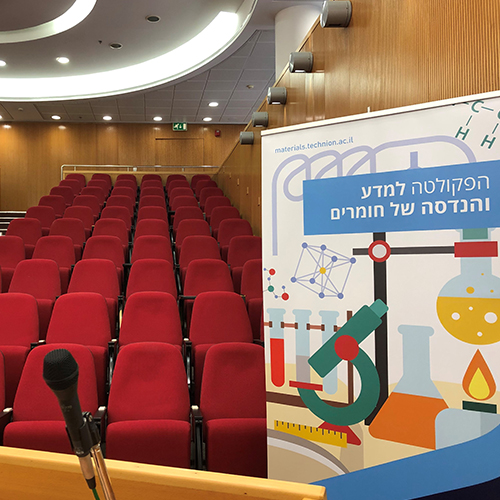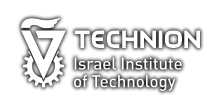
Dr. Igal Levine
13/11/2025
David Wang Auditorium, 3rd Floor, Dalia Maydan Bldg.
13:30
Non-radiative recombination of electronic charge carriers via defect states in the bulk and at semiconductor interfaces significantly limits the performance of optoelectronic devices, including solar cells, photoelectrochemical cells, and light-emitting diodes. Detecting and characterizing deep bulk and interfacial defect states is, therefore, crucial for identifying performance-limiting factors in electronic devices. However, defect characterization poses both technical and scientific challenges due to the low density of defect states in high-quality semiconductors and the buried nature of most hetero-interfaces.
In this talk, I will demonstrate how a combination of high-sensitivity, contactless techniques—such as time-resolved and light-modulated surface photovoltage (SPV) and Constant Final State Yield Spectroscopy (CFSYS)—can directly probe the energetic location of defects in various semiconductor families. These include 3D and 2D halide perovskites (HaPs) and emerging lead-free double perovskites. [1]
Additionally, I will demonstrate how time-resolved SPV measurements, spanning timescales from nanoseconds to seconds, provide valuable insights into fundamental charge carrier dynamics at buried interfaces of optoelectronic materials. These insights range from the dissociation and recombination of excitons in emerging HaPs to charge transfer kinetics and trapping/de-trapping mechanisms at interfaces between charge-selective layers and HaPs. [2]
References
[1] I. Levine, D. Menzel, A. Musiienko, R. MacQueen, N. Romano, M. Vasquez-Montoya, E. Unger, C. Mora Perez, A. Forde, A. J. Neukirch, others, J. Am. Chem. Soc. 2024, 146, 23437.
[2] I. Levine, A. Al-Ashouri, A. Musiienko, H. Hempel, A. Magomedov, A. Drevilkauskaite, V. Getautis, D. Menzel, K. Hinrichs, T. Unold, S. Albrecht, T. Dittrich, Joule 2021, 5, 2915.


